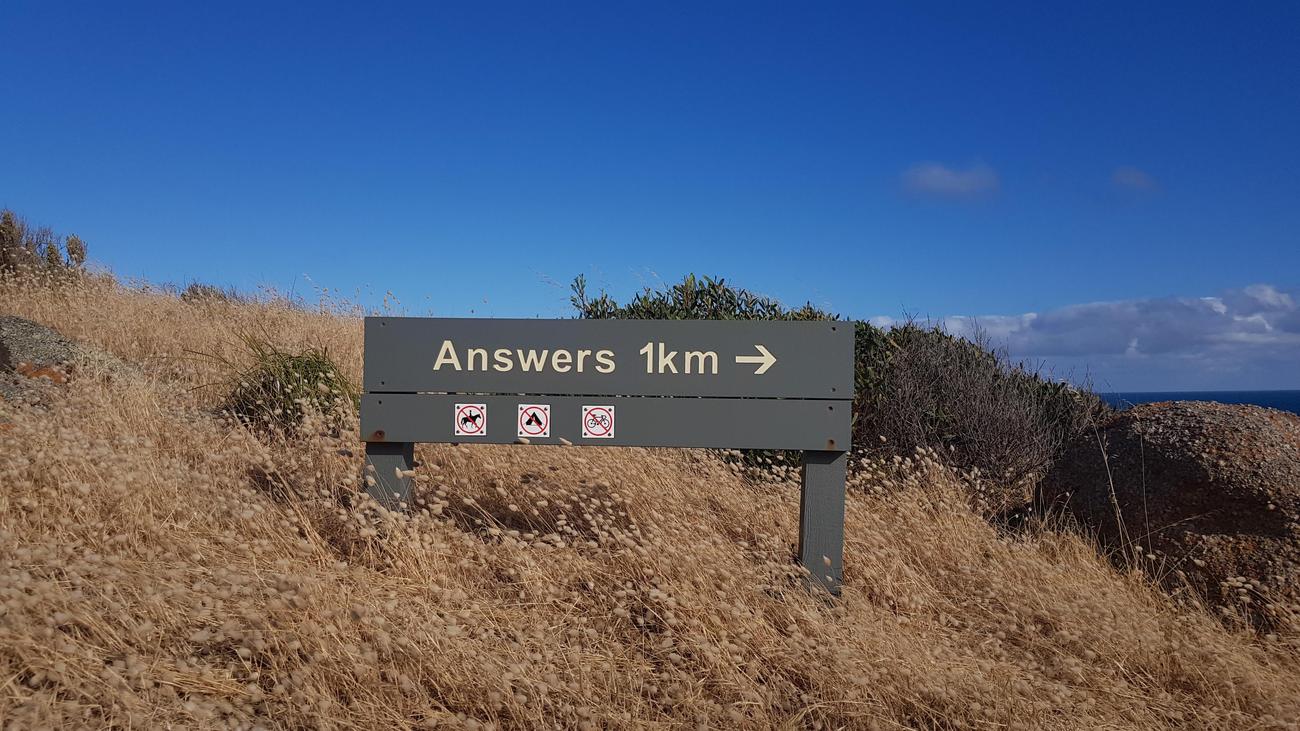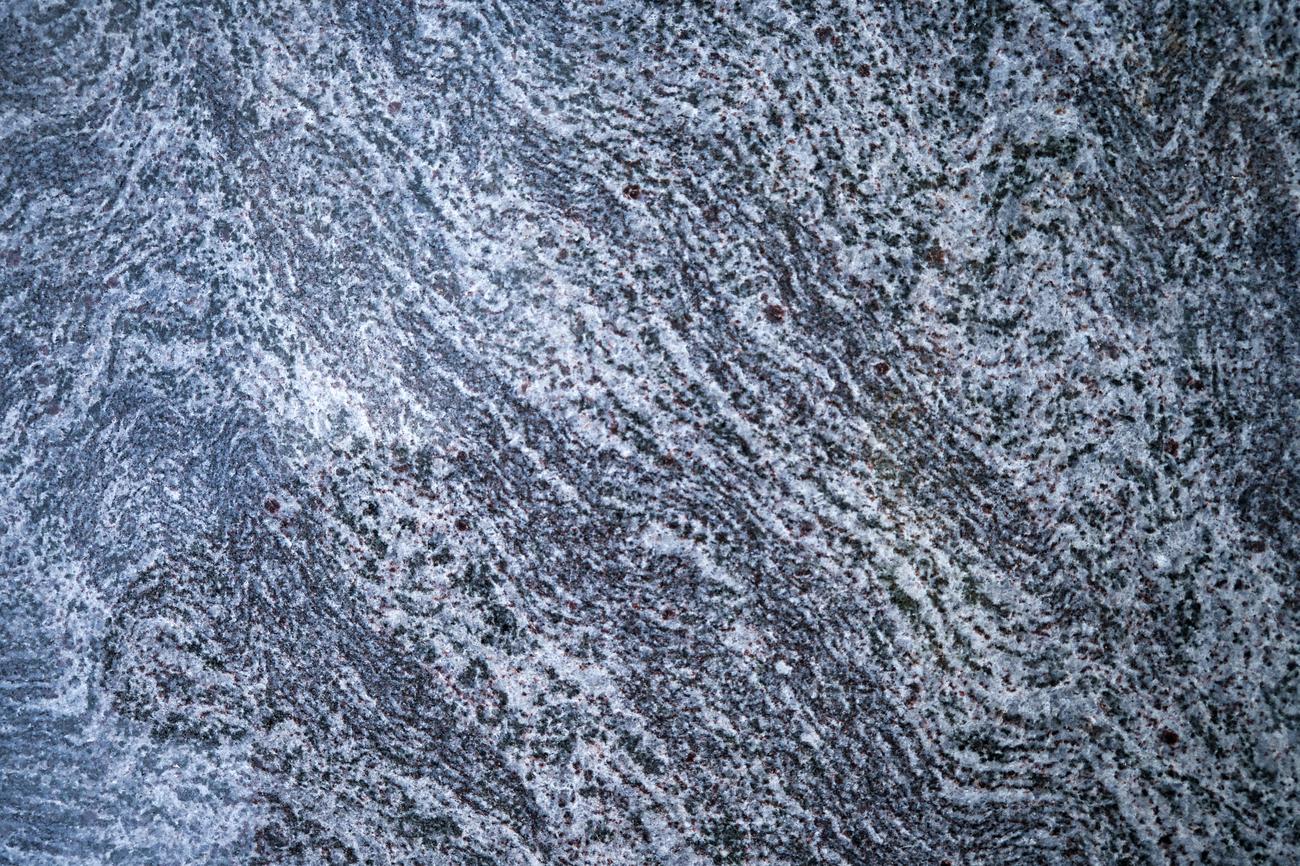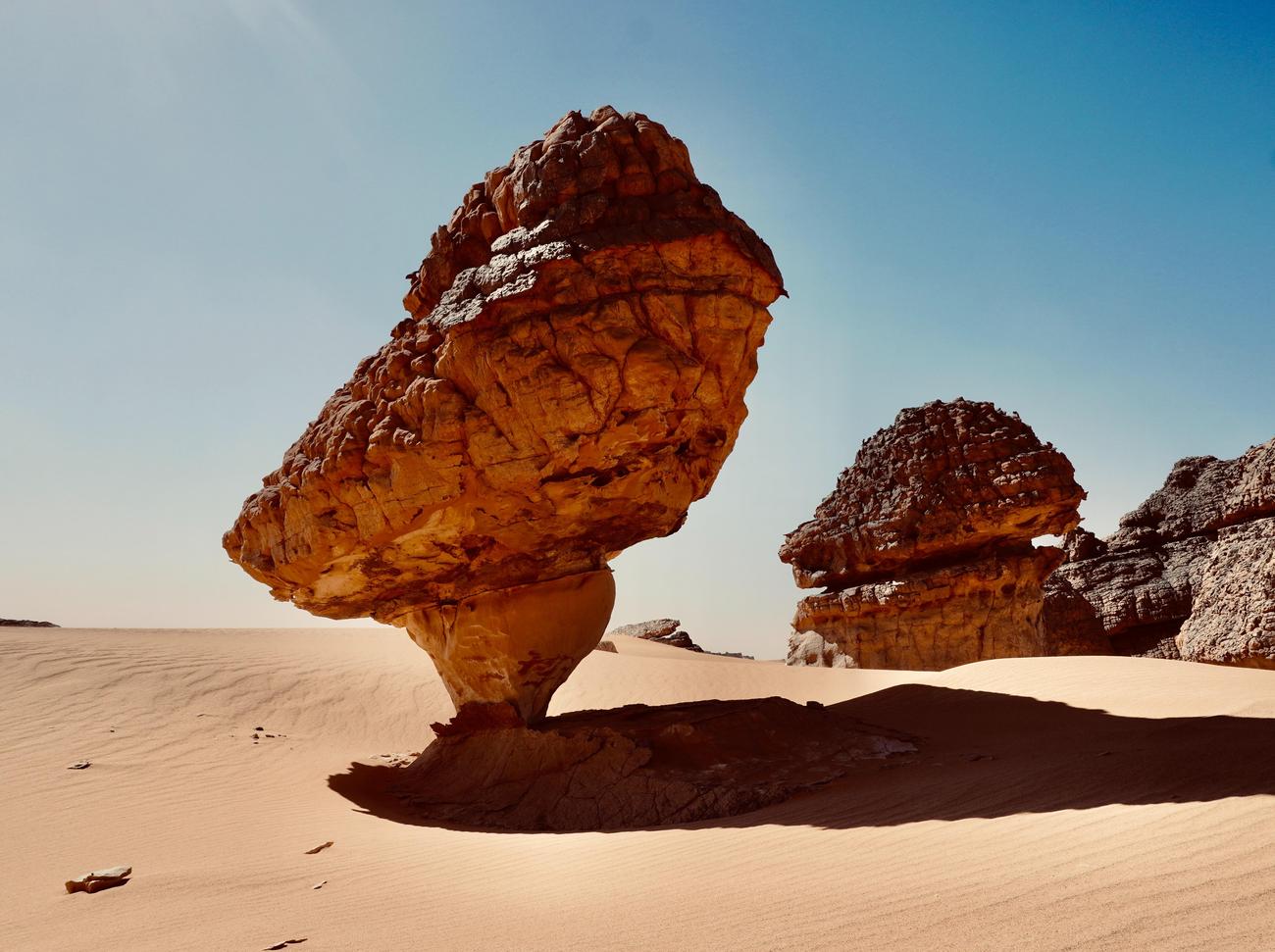In this captivating article, we embark on a journey to unravel the enigmatic origins of granite – the majestic rock that has fascinated geologists for centuries. Prepare to dive into the depths of Earth’s history as we explore the intriguing formation processes, unearth the hidden fingerprints of molten magma, and decipher the intricate stories locked within the crystalline structures. Join us as we delve into the secrets of granite’s geological origins, unravelling the mysteries that lie beneath the Earth’s surface.

Discovering the geological origins of granite
Granite, the oldest igneous rock in the world, holds within its rugged beauty a fascinating story that spans over 300 million years. As an experienced geologist, I am excited to share with you the secrets of how granite came to be and the intricate geological processes that shaped this magnificent rock.
When we delve into the origins of granite, we uncover a tale of molten stone and the cooling of magma deep within the Earth’s crust. This mighty rock was formed when molten rock slowly solidified beneath a resilient layer of sandstone, resulting in a unique composition and structure.
Over time, the sandstone above the granite eroded away, slowly revealing the hidden beauty beneath. As the external layers of sandstone gave way to the forces of weathering, the granite emerged and transformed. The forces of nature, like an artist’s touch, weathered the granite into soft sand and clay, while preserving and creating corestones – the hard bits of granite within the softer matrix of the earth.
In the process of discovering the geological origins of granite, we must understand the intricate fractures that developed within the rock. These fractures, both vertical and horizontal, were formed as the molten rock solidified beneath the sandstone layer. They serve as a testament to the immense pressures and forces of nature that shaped the granite over millions of years.
To truly grasp the beauty and complexity of granite’s origins, we must appreciate the layers of time that surround it. The perseverance of the ancient sandstone layer protecting the granite, the erosion that exposed its true nature, and the weathering that narrated its story all come together in harmony, creating a timeless masterpiece.
As geologists, we are fortunate enough to unravel the mysteries hidden within the Earth’s geology. Our expertise allows us to decipher the language of rocks and understand the processes that have shaped our planet throughout its history.
When we study granite and its geological origins, we are not merely looking at a rock. We are witnessing the forces that shaped our Earth and the awe-inspiring wonders that lie beneath its surface. It is through our exploration and understanding of rocks like granite that we gain insight into the ancient workings of our planet.
So, let us embark on this journey of discovery together. Let us delve into the geological origins of granite and uncover the remarkable story that lies within its ancient depths. Through the lens of curiosity and scientific exploration, we will unlock the secrets that connect us to our planet’s rich geological past.
“Discovering the geological origins of granite takes us on a captivating journey through time, unraveling the mysteries that lay hidden in the Earth’s ancient embrace.”
Granite countertops are not only stylish but also durable. If you’re considering renovating your kitchen or bathroom, it’s essential to know the facts about granite countertops. Granite is a natural stone that offers unique patterns and colors, making each countertop one-of-a-kind. With its heat and scratch resistance, granite can withstand the daily wear and tear of any household. To learn more about the benefits and features of granite countertops, click here: Facts About Granite Countertops. Don’t miss out on the opportunity to elevate the look of your space with this luxurious and long-lasting material.

FAQ
Q: How old is granite?
A: Granite is the oldest igneous rock in the world, formed 300 million years ago.
Q: How is granite formed?
A: Granite is created through the cooling of magma/molten stone.
Q: How did the granite form from molten rock?
A: The granite formed from molten rock which solidified beneath a layer of sandstone and developed vertical and horizontal fractures.
Q: What happened over time to the sandstone surrounding the granite?
A: Over time, the sandstone eroded away, exposing the granite, which then weathered into soft sand and clay surrounding hard bits of granite called corestones.
Q: What expertise does the author of the article have?
A: The author of the article on discovering the geological origins of granite is a highly skilled geologist with extensive experience in studying rock formations and minerals. They possess a deep knowledge of geological processes and expertise in identifying the origins, formation, and characteristics of different types of granite. Their ability to convey scientific information in a clear and concise manner makes them a reputable authority in their field.
- Unlock 6000+ words beginning with he: A comprehensive analysis - April 20, 2025
- Mastering -al Words: A Complete Guide - April 20, 2025
- Master Scrabble: High-Scoring BAR Words Now - April 20, 2025
















